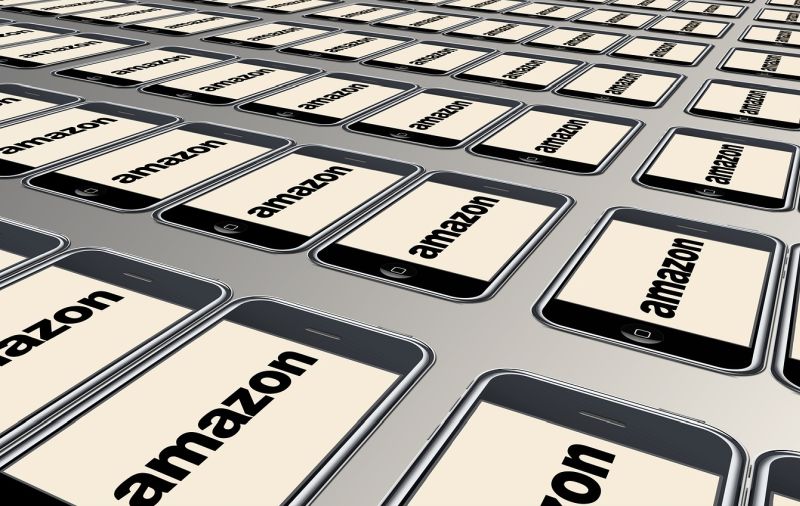Your Google Hire Sunsetting Survival Guide | eBoss Recruitment Software
eBoss has compiled a quick to-do list for agencies that have been caught up in the cancellation of the recruitment agency software.
First things first: Talk to a member of the eBoss team. We have been helping recruitment agencies for more than 15 years, and we won’t bail out on our customers. In fact, we’ll go one better. If you let us know you are an existing Google Hire customer, we will do our very best to beat your current monthly costs when you join eBoss.
•1) Find a recruitment software database that makes migration easier

The Google Hire announcement will not have come at a worse moment for many recruitment enterprises. Many industry analysts are suggesting that we have reached a natural peak in the recruiting market in 2019. If a downturn coincides with a wider economic recession, firms’ operating margins could be tested to their limits.
With no room for downtime, a swift and simple system migration must be top of software buyers’ list of priorities.
Most recruitment software (including eBoss) provides options for automated or manual migrations. We can have your database populated and ready to work in a matter of moments. Import your existing company data via a spreadsheet or zip file and you will be back to work in minutes, rather than days.
•2) Go for recruiter software that keeps you competitive

Google Hire enticed many firms because it tabled a very simple offer. Run your whole office from one system. Great. The only problem with that is: when the system closes for business, so does your whole office.
In truth, Hire enticed its customers with the offer of easy integrations to other Google cloud products. And at a reasonable price. It’s no surprise that its core customer persona was the recruitment SME on a budget.
But in terms of functionality, Hire was not even close to being a market leader.
Today’s benchmarks for recruiting firms are smarter semantic searches; automation in scheduling, messaging and administrative tasks; deep searches and data analytics. Hire offered very little in the way of specialist functionality that top recruiters were actually asking for. Maybe that is why the project folded so fast?
A quality recruiter software service will let even a smaller enterprise gain access to recruitment technology that would otherwise be beyond their budgetary reach. You are not so much acquiring a software product as joining a wider recruitment community. As a collective of smaller businesses, your SaaS provider is able to negotiate access to more advanced systems on your behalf. This way, everybody succeeds. But that was never the business model of Google Hire.
•3) Choose a recruitment software provider from your personal “Goldilocks Zone”

Want better returns on your software investment? This is the real secret. Choose a service provider that falls within your business Goldilocks Zone. The Goldilock Zone is the one that is just right for you.
Why does this matter? Think about a large, multinational service provider. They sell you their off-the-rack product. If you have any usability issues, what is your recourse? You can try to get their attention, but unless you are on their list of priority customers, you won’t get the top-rated customer service that you were expecting.
How do you get onto their list of priority customers? By being a large multinational firm yourself.
This is the secret to better quality user experience: find a provider that matches your enterprise.
As we have just seen with Google, a large entity is able to make decisions with little consideration to its customer base of SMEs. If you want to amplify your voice as a customer, then you should be choosing a service provider that caters to you – not one which caters to the mass market. If you place yourself in with the crowd, then your voice is that much easier to ignore.
Similarly, a growing recruitment agency does not want to opt for a service provider that is too small. Too small, and your recruitment software system may not scale with you. Updates and improvements may be few and far between. And you might find that your computers are beginning to dictate the pace of your own business growth.
•4) Be careful with your data

Google pulled the plug on their Hire service when it began to run into legal difficulties. The first of these were issues of antitrust. Recruitment enterprises like Indeed complained to the European courts that Google was manipulating their own search page rankings to suppress the prominence of competing services. Rather than fight these accusations, Google closed their service.
But there are wider issues concerning your business data, too.
Google Hire’s terms of service state clearly that you retain ownership of the data that you upload to their system. However, they just as clearly state that they will then copy your business data, and that this copy is theirs. They can then use your business data for any purpose they choose – including the development of future products and services.
Ask yourself this: would you, in any other circumstance, hand over all of your business data and list of contacts to a competitor who admitted up-front that they would use that information for their own gain?
It’s unlikely. But when a large business does this so openly, we tend to ignore the dangers involved. “They’re so honest about it, they must be benign”. Is the assumption. But would you risk your business in this way in any other circumstance? No, you would not.
The last rule is therefore this: read those tedious terms before you sign. You may discover warning signs that make you think twice.







![Best-Support[1]](https://cdn.ebossrecruitment.com/wp-content/uploads/2021/04/14073444/Best-Support1-180x180.png)





